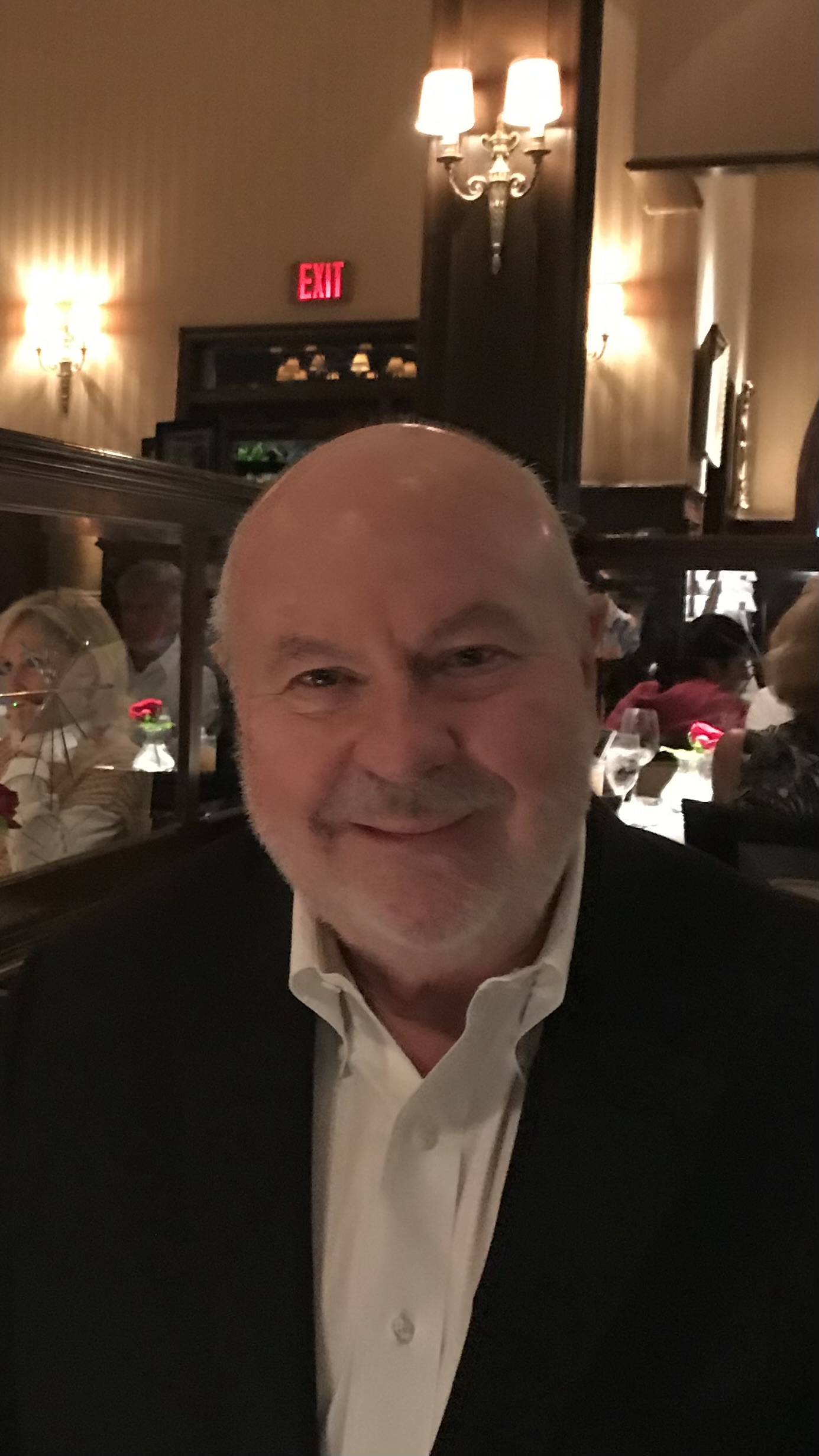Ken Huddleston: A man for (from) his Times
- by Bruce E. McKinney

Ken Huddleston
The world has been transforming. For 20 somethings these days that’s the world you were born into. For those born before 1975 what we experience is surprisingly unfamiliar. Many, okay let’s be frank, most old and rare books and paper sellers have been having a difficult time adjusting. Why? Because 30 years ago, the world was continuing to love what you were selling, and you were happy as a clam to be surrounded with material that makes you feel good. Institutions were pleased to receive your mailed catalogues. Collectors were always scarce, but you had some and you treated them well. Their loyalty was assured. Life was good.
Ken, started out as a collector in the early 1970’s, focusing on Texana, buying from Jeff Dykes who was an author, teacher, and book collector. Jeff was open and honest. When Ken could find something elsewhere, he could ask Jeff for his opinion. Over the next two decades, Mr. Dykes would write important books on collecting the southwest. Ken was thinking about becoming one of his understudies.
In 1995, Ken became a dealer himself as Mr. Dykes’ career was ending. At the same time the Internet appeared innocently as another source. Slowly it would sneak up on you changing the rules and understandings you knew and lived by. Would you change too? It was a tough call. Initially, Ken had a comfortable business, but trends were beginning to run in the wrong direction.
The formula: have a shop, keep a tight focus, write serious descriptions and issue 8 +/- catalogues a year to institutions, collectors and the brethren in the trade. And it worked for a solid decade.
But the field was experiencing a slow leak. The Internet, that started as a novelty, year by year brought fresh tools to the field. By 2015, the traditional way to sell became dated. The old model was working, just not as well it once did.
By 2022, he would need to change. It was a tough call. The Dykes-Huddleston model was based on knowledge, relevance and significance; while the increasingly dominant retail form, Abebooks, had become an index of rarity. If 10 copies are for sale, your book is assumed to be common. For a dealer who was focusing on the quality and significance of content, he’s found it increasingly difficult to make his case in the retail market.
It's not surprising. The market in collectible paper in all its forms, has been shifting to auction confirmed pricing. Not so long ago, market value and rarity were matters of opinion. Now most Texana have detailed auction histories.
Given Ken’s commitment to be active in the field throughout of his life, I suggested I write about his situation. He’s becoming a RBH member. He wondered about advertising, but I thought it premature. A story about him on our Rare Book Monthly is going to be widely seen and remembered.
As I drafted this story, I reminded him “you’re going to be connecting with people who often bid and buy at auction.” They like market-confirmed prices. Simply stated, fair and reasonable is the key.
I think Ken is going to be a good contact. If you are interested in Texana and the history of the southwest, and want advice, perspective, and good copies at fair prices, you’ll find him to be a knowledgeable listener. You can reach him by both email: (info@kenstonrarebooks.com) and (214) 526-7033 phone.
Here’s his website (www.kenstonrarebooks.com). He’s open to discussion.